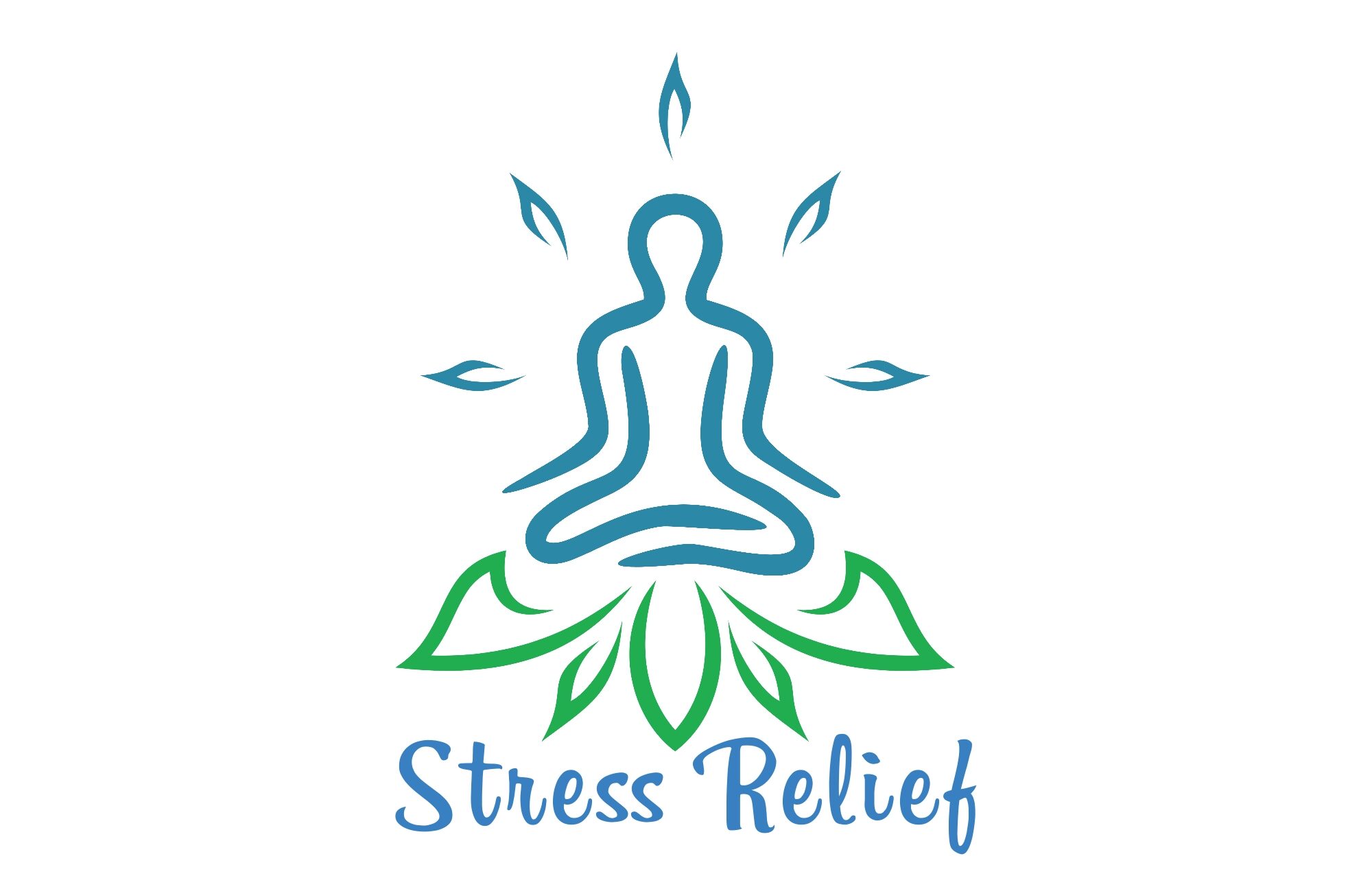Pilates Exercises For Relaxation and Stress Relief
In today’s fast-paced and demanding world, finding moments of tranquility and relieving stress has become crucial for our overall well-being. While there are numerous methods and practices available, Pilates has emerged as a highly effective way to achieve relaxation and stress relief. In this article, we will explore the importance of relaxation and stress relief, introduce Pilates as a method for achieving tranquility, and provide you with effective Pilates exercises to enhance your well-being.

1. Understanding the Mind-Body Connection
To fully grasp the significance of relaxation and stress relief, it is essential to understand the intricate connection between our mental and physical well-being. Stress not only affects our mind but also takes a toll on our body. Mental stress can trigger physical tension and discomfort, leading to a vicious cycle of heightened stress levels. This is where Pilates plays a transformative role.
Pilates, with its focus on conscious movement and controlled breathing, helps bridge the gap between the mind and body. By incorporating Pilates into your routine, you can restore balance and harmony, thereby promoting overall well-being.
2. Foundation Exercises for Tension Release
To initiate your journey towards relaxation and stress relief, it is crucial to start with foundation exercises that release tension and promote flexibility. These exercises target key areas prone to stress-induced tightness and discomfort.
2.1 Deep breathing techniques: Enhancing relaxation through controlled breaths
Deep breathing is an integral aspect of Pilates, helping to calm the mind and activate the parasympathetic nervous system for stress reduction. Here are three deep breathing exercises to incorporate into your routine:

- Abdominal breathing exercise: Lie on your back and place your hands on your abdomen. Inhale deeply, allowing your belly to rise, and exhale as your belly falls. Focus on the flow of your breath, letting it guide you into a state of relaxation.
- Diaphragmatic breathing exercise: Sit comfortably with your spine straight. Inhale deeply, feeling your diaphragm expand, and exhale while gently contracting your abdominal muscles. This exercise promotes a calm and centered state of mind.
- Rib cage breathing exercise: Stand tall with your feet hip-width apart. Place your hands on your rib cage. Inhale, directing your breath towards your ribs, causing them to expand. Exhale fully, allowing your ribs to gently contract. This exercise helps release tension and opens up the chest.
2.2 Gentle stretches for loosening up tight muscles
Tight muscles are a common manifestation of stress, leading to discomfort and limited mobility. Incorporating gentle stretches into your Pilates routine can provide much-needed relief. Here are three stretches to alleviate tension:
- Neck rolls and stretches: Sit or stand with relaxed shoulders. Slowly roll your neck from side to side, letting your head be heavy and allowing for a gentle stretch. Follow this with tilting your head to each shoulder, stretching the sides of your neck.
- Shoulder and upper back stretches: Stretch your arms out in front of you, interlocking your fingers. Slowly lift your arms overhead, feeling a stretch in your shoulders and upper back. Hold for a few seconds, then release. Repeat as necessary.
- Lower back stretches: Lie on your back with your knees bent and feet flat on the floor. Hug your knees to your chest, gently rocking side to side to gently release tension in your lower back.
2.3 Posture-focused exercises to relieve tension
Poor posture often contributes to physical tension and discomfort, amplifying the effects of stress. Incorporating posture-focused exercises in your Pilates routine can alleviate tension and promote better alignment. Here are three exercises to relieve tension:
- Spine articulation exercise: Lie on your back with your knees bent and feet on the floor. Slowly curl your spine off the ground, starting from your tailbone and rolling up one vertebra at a time. Pause at the top, then slowly articulate back down.
- Pelvic tilts: Lie on your back with your knees bent and feet hip-width apart. Tilt your pelvis up, engaging your core and lower abdominal muscles. Hold for a few seconds, then release. This exercise helps mobilize the pelvis and release tension in the lower back.
- Upper body opening exercises: Stand tall with your feet hip-width apart. Interlace your fingers behind your back and gently squeeze your shoulder blades together while opening up your chest. This exercise counteracts the effects of hunching over and can release tension in the upper back.
3. Pilates Flow for Stress Relief
Flowing sequences in Pilates provide a dynamic and comprehensive approach to stress relief. These exercises engage the core for stability and mental focus, combining controlled movements with deep breathing.
3.1 Engaging the core for stability and mental focus
A strong core serves as the foundation for stability and helps redirect focus away from stressors. Here are three Pilates exercises that engage the core for stress relief:
- Pilates hundred exercise: Lie on your back with your knees bent and feet lifted off the ground. Extend your arms by your sides and pulse them up and down while inhaling for five counts and exhaling for five counts. This exercise stimulates deep breathing and enhances mental focus.
- Single leg stretches: Lie on your back with your knees bent and shins parallel to the floor. Lift your head, neck, and shoulders off the ground while extending one leg and pulling the opposite knee towards your chest. Switch legs, alternating the movement. This exercise promotes stability and core engagement.
- Plank variations: Get into a plank position, either on your hands or forearms. Hold the position, engaging your core, and focusing on steady breaths. To add variation, lift one leg off the ground or perform small hip dips. These exercises challenge your stability and build mental resilience.
3.2 Calming the mind through controlled movements
Incorporating controlled movements in your Pilates flow helps to quiet the mind and release pent-up stress. Here are three exercises to promote calmness:

- Cat-Cow stretches: Start on all fours, with your hands under your shoulders and knees under your hips. Inhale, arching your back and lifting your gaze towards the ceiling (cow pose). Exhale, rounding your spine while tucking your chin to your chest (cat pose). Move through these poses, synchronizing your breath with each movement.
- Alternating bridging exercises: Lie on your back with your knees bent and feet hip-width apart. Lift your hips towards the ceiling and hold for a few seconds. Lower your hips and repeat the movement, alternating between lifting one leg towards the ceiling at a time. This exercise helps release tension in the lower back and hips.
- Slow leg circles: Lie on your back with your legs extended. Lift one leg towards the ceiling and draw large, slow circles with your toes. Switch directions and repeat with the other leg. This exercise promotes mindfulness and encourages a deep connection with your body.
4. Gentle Pilates Techniques for Deep Relaxation
Relaxation goes beyond physical release; it involves integrating mindfulness and meditation into your Pilates sessions to achieve a profound sense of tranquility.
4.1 Incorporating mindfulness and meditation into Pilates sessions
Mindfulness and meditation practices can enhance the relaxing benefits of Pilates. Here are three techniques to deepen your relaxation experience:
- Mindful breathing and movement synchronization: Pay close attention to your breath as you perform each Pilates movement. Sync your breath with the tempo of the exercise, allowing your breath to guide your movements. This cultivates a heightened sense of awareness and deepens the mind-body connection.
- Visualization exercises during Pilates movements: As you move through Pilates exercises, visualize yourself in a calm and serene environment. Imagine each movement releasing tension and stress, allowing your body to become more supple and relaxed. This visualization technique enhances relaxation and amplifies the benefits of Pilates.
- Savasana-inspired final relaxation poses: After completing your Pilates session, lie down in a supine position and relax your entire body. Close your eyes, focus on your breath, and allow yourself to fully surrender to the present moment. This Savasana-inspired pose promotes deep relaxation and allows your body to reap the rewards of your Pilates practice.
4.2 Using props for added relaxation benefits
Incorporating props into your Pilates routine can enhance the relaxation benefits by providing additional support and comfort. Here are three prop-assisted exercises for deep relaxation:

- Foam roller for self-massage and tension release: Lie on a foam roller positioned vertically along your spine. Roll your body up and down, allowing the foam roller to massage your back and promote muscle release. This exercise promotes relaxation and aids in the release of tension along the spine.
- Bolster and cushion-supported exercises: Place a bolster or cushion under specific body parts, such as your knees, neck, or lower back, during certain Pilates exercises. The added support relieves pressure on these areas and enhances overall comfort during your practice.
- Gentle Pilates stretches with resistance bands: Incorporate resistance bands into your stretches to deepen the relaxation benefits. For example, wrap a resistance band around your feet and gently pull your legs towards your chest, feeling a stretch in your hamstrings and lower back. The resistance bands intensify the stretch while maintaining a gentle approach.
Summary
Pilates offers a holistic approach to relaxation and stress relief, bringing together mind and body in a harmonious practice. By incorporating the foundation exercises, flowing sequences, and gentle techniques discussed in this article, you can release tension, find serenity, and promote your overall well-being.
Frequently Asked Questions (FAQs)
To address common queries regarding Pilates for relaxation and stress relief, here are some frequently asked questions:
Can Pilates alone relieve all types of stress?
While Pilates is a powerful tool for stress relief, it is essential to adopt a comprehensive approach to managing stress. Combining Pilates with other relaxation techniques, such as meditation and mindfulness practices, can enhance the overall benefits and provide a more holistic stress management solution.
Is it necessary to join a Pilates class or can it be done at home?
Pilates can be practiced both in a class setting and at home. Joining a class provides the benefit of guidance from a qualified instructor and the opportunity to practice with others. However, practicing at home offers convenience and flexibility. With the availability of online resources, you can access instructional videos and routines to create a fulfilling Pilates practice in the comfort of your own home.
How often should one practice Pilates for optimal stress relief?
The frequency of your Pilates practice depends on your personal goals and schedule. For optimal stress relief benefits, aim for at least two to three sessions per week. Consistency is key in reaping the rewards of Pilates, so find a schedule that works best for you and commit to regular practice.
Can Pilates be practiced by individuals with physical limitations?
Pilates is highly adaptable and can be modified to accommodate various physical limitations. If you have any concerns or specific conditions, it is advisable to consult with a qualified Pilates instructor or healthcare professional who can guide you through modifications that suit your needs and ensure a safe and effective practice.
Are there any specific precautions to keep in mind while performing Pilates exercises?
While Pilates is generally safe for most individuals, it is important to listen to your body and avoid pushing yourself beyond your limits. Start gradually, paying attention to proper form and alignment. If you experience pain or discomfort during an exercise, modify or discontinue the movement. Remember to always consult with a healthcare professional before beginning any new exercise regimen, especially if you have specific concerns or medical conditions.
Incorporating Pilates into your routine can bring a sense of tranquility and profound stress relief. By engaging in these exercises, you will cultivate a greater connection between your mind and body, promoting overall well-being and finding serenity amidst life’s demands. Embrace the transformative power of Pilates and experience the benefits it has to offer in your journey towards relaxation and stress relief.




